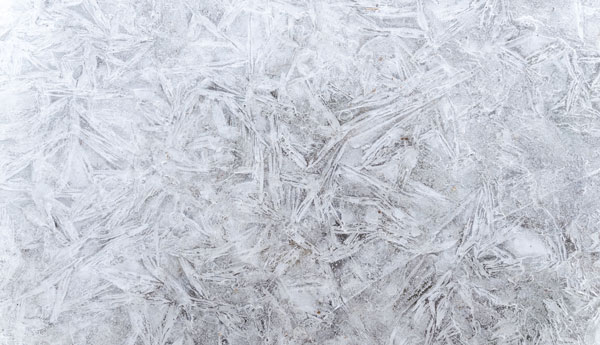
Here in Virginia, it’s been a cold winter, and a snowier one than most of the last odd decade. Come to think of it, that theme seems to be the trend nationwide this year, with even parts of Texas seeing absolutely unheard of weather. As such, this article may be a few days late, but maybe it can be of help before the next storm, or at the very least provide some aid in the aftermath of this one. This week, we’ll be discussing how to frost-proof your more fragile, or newly planted trees, and if you forget, how best to repair any damage.
Thin-barked trees like fruit trees are by far the most vulnerable. And despite the damage being from frost, not just cold is the culprit. Something called sunscald actually causes frost damage. During the day, the bright winter sun warms the bark of the trees to the point it emerges from dormancy. This is especially likely when there is snow on the ground, as the shiny surface bounces the sun’s rays double onto the bark. Then, when night comes and temperatures dip back into freezing, the tissues beneath the bark freeze to death, causing atrophies all over the tree. This is not to mention the obvious damage to buds.
The principle, as one may imagine, is to shield the entire tree from the cold–from the top of the branches to the roots themselves. Wrap the tree’s trunk with a darkened piece of plastic to shield it from the sun’s rays. For fruit trees, spray the canopy with a frost shield, like Ecologic RTU. What this does is improve freezing tolerance, by allowing the tree to retain more moisture. Before the freeze occurs, it is also useful to water the tree, as this will help prevent undue amounts of moisture loss.
To protect roots–and this is particularly important with new shrubs–cover all around their base, roughly as wide as you think the roots stretch, with a four-inch layer of mulch. Shrubs can also be wrapped loosely in burlap, if they are too small to have trunks that can be wrapped in plastic.
All the steps above should be taken when the temps drop below 30. Freeze damage can occur in the low- to mid-twenties, and becomes even more prevalent when the temps dip lower.
After the freeze has happened, wait a while before you prune anything. Sometimes, areas that look damaged can grow anew. If the canopy is damaged to a large enough extent to expose the trunk to sun, make sure you use the same sort of plastic covering referenced earlier to protect any unshaded parts. Any frosted fruit should, of course, be stripped. You can use it for juicing.
Follow these steps and, with a little luck, you should be able to preserve the vast majority of your fruit trees from the next frost. If any do succumb, the tips above should allow you to save as much as possible. Good luck out there, and stay warm. This winter won’t last forever!
A humble homesteader based in an undisclosed location, Lars Drecker splits his time between tending his little slice of self-sustaining heaven, and bothering his neighbors to do his work for him. This is mainly the fault of a debilitating predilection for fishing, hunting, camping and all other things outdoors. When not engaged in any of the above activities, you can normally find him broken down on the side of the road, in some piece of junk he just “fixed-up.”
